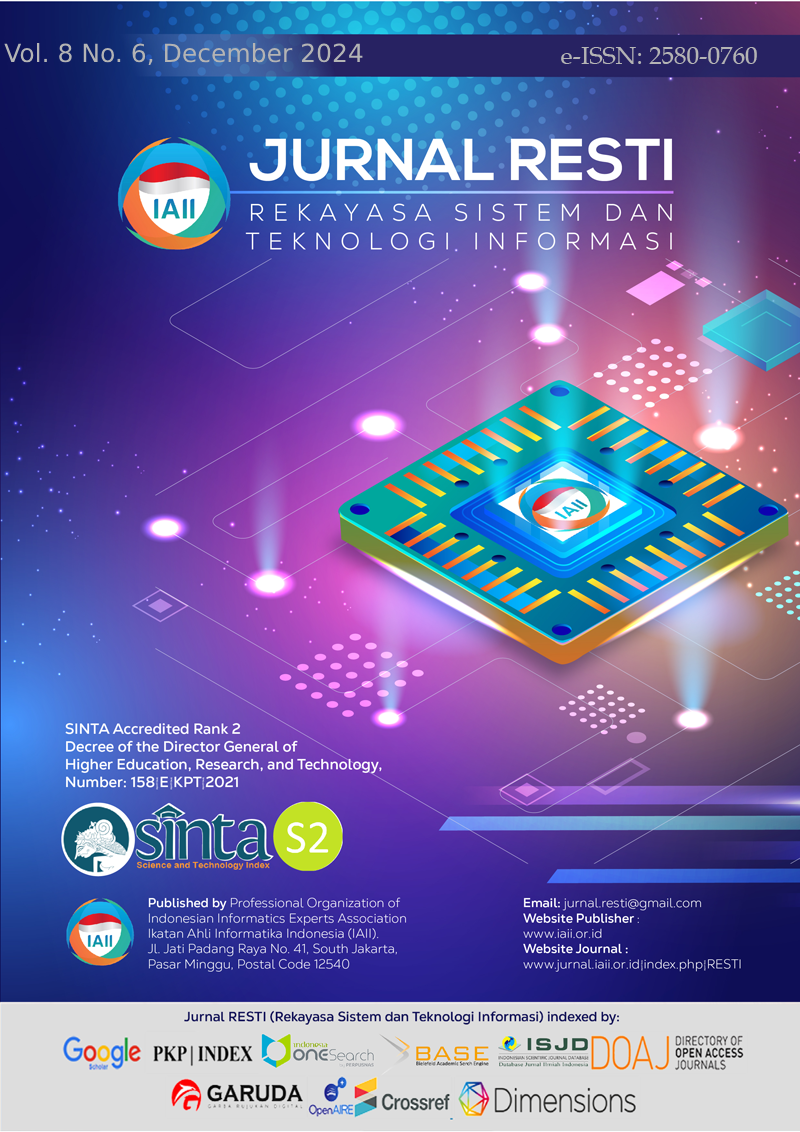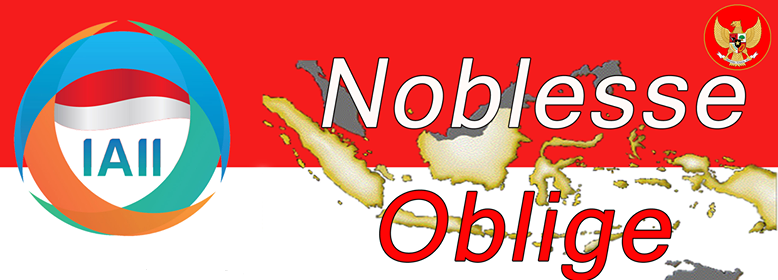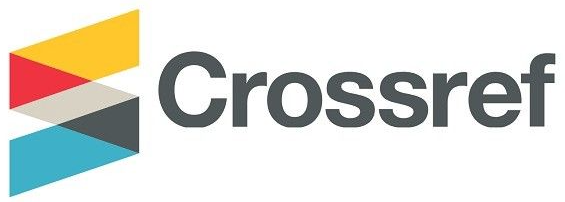Performance and Efficiency Comparison of U-Net and Ghost U-Net in Road Crack Segmentation with Floating Point and Quantization Optimization
Abstract
This study presents a comprehensive comparison of U-Net and Ghost U-Net for road crack segmentation, emphasizing their performance and memory efficiency across various data representation formats, including FP32, FP16, and INT8 quantization. A dataset of 12,480 images was used, with preprocessing steps such as binarization and normalization to improve segmentation accuracy. Results show that Ghost U-Net achieved a marginally higher performance, with an IoU of 0.5041 and a Dice coefficient of 0.6664, compared to U-Net’s IoU of 0.5034 and Dice coefficient of 0.6662. Ghost U-Net also demonstrated significant memory efficiency, reducing GPU usage by up to 60% in FP16 and INT8 formats. However, a sharp decline in performance was observed for Ghost U-Net in the INT8 format, where the IoU dropped to 0.2038 and the Dice coefficient to 0.3227, whereas U-Net maintained stable performance across all formats. These findings suggest that Ghost U-Net is preferable for applications prioritizing memory efficiency and inference speed, while U-Net may be better suited for tasks requiring consistent accuracy across different quantization levels. This study underscores the importance of considering both performance stability and memory efficiency when selecting models for deployment in real-world applications.
Downloads
References
B. Kim, N. Yuvaraj, K. R. Sri Preethaa, and R. Arun Pandian, “Surface crack detection using deep learning with shallow CNN architecture for enhanced computation,” Neural Comput. Appl., vol. 33, no. 15, pp. 9289–9305, 2021
https://doi.org/10.1007/s00521-021-05690-8.
M. Zhang and J. Xu, “A semantic segmentation model for road cracks combining channel-space convolution and frequency feature aggregation,” Sci. Rep., vol. 14, no. 1, p. 16038, 2024
https://doi.org/10.1038/s41598-024-66182-y
L. Xiaolin, R. C. Panicker, B. Cardiff, and D. John, “Multistage Pruning of CNN Based ECG Classifiers for Edge Devices,” in 2021 43rd Annual International Conference of the IEEE Engineering in Medicine & Biology Society (EMBC), 2021, pp. 1965–1968.
https://doi.org/10.1109/EMBC46164.2021.9630588.
L. Sun, W. Li, and Y. Xu, “Ghost-UNet: Lightweight model for underwater image enhancement,” Eng. Appl. Artif. Intell., vol. 133, p. 108585, 2024, https://doi.org/10.1016/j.engappai.2024.108585.
Y. Xu, Q. Li, S. He, and B. Awudong, “Ghost-Unet: An efficient convolutional neural network for spine MR image segmentation: Lightweight Segmentation Method for Spine MRI,” in Proceedings of the 2022 4th International Conference on Robotics, Intelligent Control and Artificial Intelligence, in RICAI ’22. New York, NY, USA: Association for Computing Machinery, 2023, pp. 1159–1163.
https://doi.org/10.1145/3584376.3584581.
Z. Feng, J. Zhang, X. Ran, D. Li, and C. Zhang, “Ghost-Unet: multi-stage network for image deblurring via lightweight subnet learning,” Vis. Comput., 2024
https://doi.org/10.1007/s00371-024-03315-4.
A. Di Benedetto, M. Fiani, and L. M. Gujski, “U-Net-Based CNN Architecture for Road Crack Segmentation,” Infrastructures, vol. 8, no. 5, 2023
https://doi.org/10.3390/infrastructures8050090.
W. Choi and Y.-J. Cha, “SDDNet: Real-Time Crack Segmentation,” IEEE Trans. Ind. Electron., vol. 67, no. 9, pp. 8016–8025, 2020
https://doi.org/10.1109/TIE.2019.2945265.
Y. Liu, J. Yao, X. Lu, R. Xie, and L. Li, “DeepCrack: A deep hierarchical feature learning architecture for crack segmentation,” Neurocomputing, vol. 338, pp. 139–153, 2019
https://doi.org/10.1016/j.neucom.2019.01.036.
M. AskariHemmat et al., “U-Net Fixed-Point Quantization for Medical Image Segmentation,” in Large-Scale Annotation of Biomedical Data and Expert Label Synthesis and Hardware Aware Learning for Medical Imaging and Computer Assisted Intervention, L. Zhou, N. Heller, Y. Shi, Y. Xiao, R. Sznitman, V. Cheplygina, D. Mateus, E. Trucco, X. S. Hu, D. Chen, M. Chabanas, H. Rivaz, and I. Reinertsen, Eds., Cham: Springer International Publishing, 2019, pp. 115–124.
https://doi.org/10.1007/978-3-030-33642-4_13
R. Azad et al., “Medical Image Segmentation Review: The Success of U-Net,” IEEE Trans. Pattern Anal. Mach. Intell., pp. 1–20, 2024
https://doi.org/10.1109/TPAMI.2024.3435571.
O. Ronneberger, P. Fischer, and T. Brox, “U-Net: Convolutional Networks for Biomedical Image Segmentation,” CoRR, vol. abs/1505.04597, 2015, [Online]. Available: http://arxiv.org/abs/1505.04597
N. Siddique, S. Paheding, C. P. Elkin, and V. Devabhaktuni, “U-Net and Its Variants for Medical Image Segmentation: A Review of Theory and Applications,” IEEE Access, vol. 9, pp. 82031–82057, 2021
https://doi.org/ 10.1109/ACCESS.2021.3086020.
I. A. Kazerouni, G. Dooly, and D. Toal, “Ghost-UNet: An Asymmetric Encoder-Decoder Architecture for Semantic Segmentation From Scratch,” IEEE Access, vol. 9, pp. 97457–97465, 2021
https://doi.org/ 10.1109/ACCESS.2021.3094925
K. Han, Y. Wang, Q. Tian, J. Guo, C. Xu, and C. Xu, “GhostNet: More Features From Cheap Operations,” in 2020 IEEE/CVF Conference on Computer Vision and Pattern Recognition (CVPR), 2020, pp. 1577–1586.
https://doi.org/10.1109/CVPR42600.2020.00165.
M. Kumaravelan Umashankarand Nivedita, “Localized Super Resolution for Foreground Images Using U-Net and MR-CNN,” in Computer Vision and Machine Intelligence Paradigms for SDGs, S. M. and W. S.-H. Kannan R. Jagadeeshand Thampi, Ed., Singapore: Springer Nature Singapore, 2023, pp. 25–39.
https://doi.org/10.1007/978-981-19-7169-3_3
J. Pandey Shreyaand Bharti, “Review of Different Binarization Techniques Used in Different Areas of Image Analysis,” in Evolution in Signal Processing and Telecommunication Networks, J. and S. S. C. and B. V. Chowdary P. Satish Ramaand Anguera, Ed., Singapore: Springer Singapore, 2022, pp. 249–268.
https://doi.org/10.1007/978-981-16-8554-5_25
D. Singh and B. Singh, “Investigating the impact of data normalization on classification performance,” Appl. Soft Comput., vol. 97, p. 105524, 2020, doi: https://doi.org/10.1016/j.asoc.2019.105524.
P. L. Delisle, B. Anctil-Robitaille, C. Desrosiers, and H. Lombaert, “Realistic image normalization for multi-Domain segmentation,” Med. Image Anal., vol. 74, p. 102191, Dec. 2021, doi: 10.1016/J.MEDIA.2021.102191.
X. Pei et al., “Robustness of machine learning to color, size change, normalization, and image enhancement on micrograph datasets with large sample differences,” Mater. Des., vol. 232, p. 112086, 2023, doi: https://doi.org/10.1016/j.matdes.2023.112086.
F. Maleki, N. Muthukrishnan, K. Ovens, C. Reinhold, and R. Forghani, “Machine Learning Algorithm Validation: From Essentials to Advanced Applications and Implications for Regulatory Certification and Deployment,” Neuroimaging Clin., vol. 30, no. 4, pp. 433–445, Nov. 2020
https://doi.org/10.1016/j.nic.2020.08.004.
F. van Beers, A. Lindström, E. Okafor, and M. Wiering, “Deep Neural Networks with Intersection over Union Loss for Binary Image Segmentation,” in Proceedings of the 8th International Conference on Pattern Recognition Applications and Methods, SciTePress, Mar. 2019, pp. 438–445.
https://doi.org/10.5220/0007347504380445.
A. W. Setiawan, “Image Segmentation Metrics in Skin Lesion: Accuracy, Sensitivity, Specificity, Dice Coefficient, Jaccard Index, and Matthews Correlation Coefficient,” in 2020 International Conference on Computer Engineering, Network, and Intelligent Multimedia (CENIM), 2020, pp. 97–102.
https://doi.org/10.1109/CENIM51130.2020.9297970
S. Jadon, “A survey of loss functions for semantic segmentation,” in 2020 IEEE Conference on Computational Intelligence in Bioinformatics and Computational Biology (CIBCB), 2020, pp. 1–7.
https://doi.org/10.1109/CIBCB48159.2020.9277638
Z. Liang, Z. Zhang, M. Zhang, X. Zhao, and S. Pu, “RangeIoUDet: Range Image based Real-Time 3D Object Detector Optimized by Intersection over Union,” in 2021 IEEE/CVF Conference on Computer Vision and Pattern Recognition (CVPR), 2021, pp. 7136–7145.
https://doi.org/10.1109/CVPR46437.2021.00706
Z. Krawczyk, J. S. ´NSKI, J. Starzyński, B. Pol, and A. Tech, “Segmentation of bone structures with the use of deep learning techniques,” Bull. Polish Acad. Sci. Tech. Sci., 2023
https://doi.org/10.3390/app14177557
V. Rajput, “Robustness of different loss functions and their impact on networks learning capability,” ArXiv, vol. abs/2110.0, 2021
https://doi.org/10.2139/ssrn.4065778
Z. Liu, Y. Wang, K. Han, W. Zhang, S. Ma, and W. Gao, “Post-Training Quantization for Vision Transformer,” in Advances in Neural Information Processing Systems, M. Ranzato, A. Beygelzimer, Y. Dauphin, P. S. Liang, and J. W. Vaughan, Eds., Curran Associates, Inc., 2021, pp. 28092–28103.
https://doi.org/10.48550/arXiv.2106.14156
A. Shridhar, P. Tomson, and M. Innes, “Interoperating Deep Learning models with ONNX.jl,” Proc. JuliaCon Conf., vol. 1, no. 1, p. 59, 2020
https://doi.org/10.21105/jcon.00059
E. Jeong, J. Kim, and S. Ha, “TensorRT-Based Framework and Optimization Methodology for Deep Learning Inference on Jetson Boards,” ACM Trans. Embed. Comput. Syst., vol. 21, no. 5, Oct. 2022
https://doi.org/10.1145/3508391
L. Stäcker et al., “Deployment of Deep Neural Networks for Object Detection on Edge AI Devices with Runtime Optimization,” in 2021 IEEE/CVF International Conference on Computer Vision Workshops (ICCVW), 2021, pp. 1015–1022.
https://doi.org/10.1109/ICCVW54120.2021.00118
C. Gernigon, S.-I. Filip, O. Sentieys, C. Coggiola, and M. Bruno, “Low-Precision Floating-Point for Efficient On-Board Deep Neural Network Processing,” in 2023 European Data Handling & Data Processing Conference (EDHPC), 2023, pp. 1–8.
https://doi.org/10.23919/EDHPC59100.2023.10396014
T. Yu et al., “Collage: Light-Weight Low-Precision Strategy for LLM Training,” in Proceedings of the 41st International Conference on Machine Learning, R. Salakhutdinov, Z. Kolter, K. Heller, A. Weller, N. Oliver, J. Scarlett, and F. Berkenkamp, Eds., in Proceedings of Machine Learning Research, vol. 235. PMLR, Sep. 2024, pp. 57459–57479. [Online]. Available: https://proceedings.mlr.press/v235/yu24d.html
H. Ren, S. Duca, and N. D’Souza, “Comparison of Open Neural Network Exchange (ONNX) and TensorFlow based inferences for the B-scan of interest algorithm,” Invest. Ophthalmol. Vis. Sci., vol. 64, no. 8, p. 213, Jun. 2023.
J. Suo, X. Zhang, S. Zhang, W. Zhou, and W. Shi, “Feasibility Analysis of Machine Learning Optimization on GPU-based Low-cost Edges,” in 2021 IEEE SmartWorld, Ubiquitous Intelligence & Computing, Advanced & Trusted Computing, Scalable Computing & Communications, Internet of People and Smart City Innovation (SmartWorld/SCALCOM/UIC/ATC/IOP/SCI), 2021, pp. 89–96.
https://doi.org/10.1109/SWC50871.2021.00022
M. Dörrich, M. Fan, and A. M. Kist, “Impact of Mixed Precision Techniques on Training and Inference Efficiency of Deep Neural Networks,” IEEE Access, vol. 11, pp. 57627–57634, 2023
https://doi.org/10.1109/ACCESS.2023.3284388
D. Liu, M. Jiang, and K. Pister, “LLMEasyQuant – An Easy to Use Toolkit for LLM Quantization,” 2024. [Online]. Available: https://arxiv.org/abs/2406.19657
C. Devaguptapu, D. Agarwal, G. Mittal, and V. N. Balasubramanian, “An Empirical Study on the Robustness of NAS based Architectures,” CoRR, vol. abs/2007.08428, 2020
https://doi.org/10.48550/arXiv.2406.19657
M. Nagel, M. Fournarakis, R. A. Amjad, Y. Bondarenko, M. van Baalen, and T. Blankevoort, “A White Paper on Neural Network Quantization,” CoRR, vol. abs/2106.08295, 2021
Copyright (c) 2024 Jurnal RESTI (Rekayasa Sistem dan Teknologi Informasi)

This work is licensed under a Creative Commons Attribution 4.0 International License.
Copyright in each article belongs to the author
- The author acknowledges that the RESTI Journal (System Engineering and Information Technology) is the first publisher to publish with a license Creative Commons Attribution 4.0 International License.
- Authors can enter writing separately, arrange the non-exclusive distribution of manuscripts that have been published in this journal into other versions (eg sent to the author's institutional repository, publication in a book, etc.), by acknowledging that the manuscript has been published for the first time in the RESTI (Rekayasa Sistem dan Teknologi Informasi) journal ;







